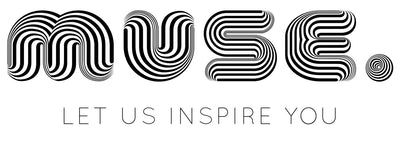ART REVIEW: URBAN DELINEATION

URBAN DELINEATION
MIRJAM LUGT
Muse Gallery, Havelock North
8 April - 7 May
Pablo Picasso famously observed that all art is a lie that reveals a truth. His work grappled with the seeming impossibility of reconciling the world as we think it ought to be represented, in traditional figurative art, with the world as it authentically is. This same struggle can be observed in Mirjam Lugt’s latest exhibition, Urban Delineation, showing at Muse Gallery in Havelock North until 7 May.
Inspired by the local urban landscape as observed on foot, Lugt’s mid-sized canvases juxtapose angular colour blocks soothingly composed to topographical effect.
Her palette is largely greyscale - the off whites, shades of concrete and almost blacks that are the building blocks of industry. Some pieces work with these alone, a few incorporate the deep blue of shadow and still more use golden ochre tones, as though capturing the pigment of the Hawke’s Bay light. These are colours that could almost be crowd sourced. New Zealand’s most popular exterior schemes. They remind us that the urban environment is a shared one. By necessity, living in close confines requires us to move towards that which is mutually acceptable, mutually beneficial.
Lugt’s composition is deceptively simple but expertly resolved. She painstakingly assembles each work using a painted collage technique, moving pieces around until the precise balance she requires is achieved. At first glance, our human need to create sense and logic perceives rectangular shapes, but few of her lines are straight. There is a tension between the world as we think it should be and the way it really is. A throwback to Picasso’s musings on the nature of truth. Blocks overlap and run into each other just as a city breathes and grows, is built up and crumbles, according to the needs and capacity of its inhabitants.
Nowhere is this ode to imperfection more pronounced than in her use of texture. Here she reveals a true naive vulnerability in the way she exposes raw torn edges to demarcate space, allows the drag of bristles on canvas to show, leaves lumps of paint like a lazy landlord. There is an authenticity in the way Lugt lets us see the marks where her brush has been. This is the reality of our urban world. When she shines a light on flaws, lets them take centre stage, she is giving us the visual equivalent of a comforting pat on the shoulder. This is our environment as it is, in all its truth.
Reviewed by Rosheen FitzGerald



Leave a comment